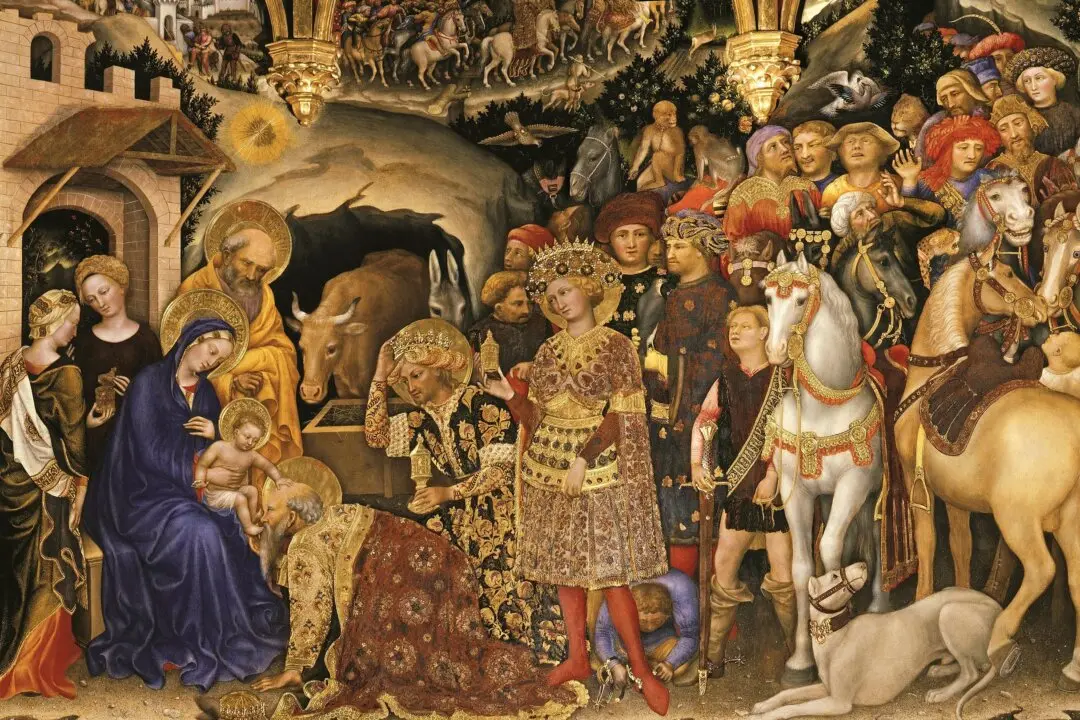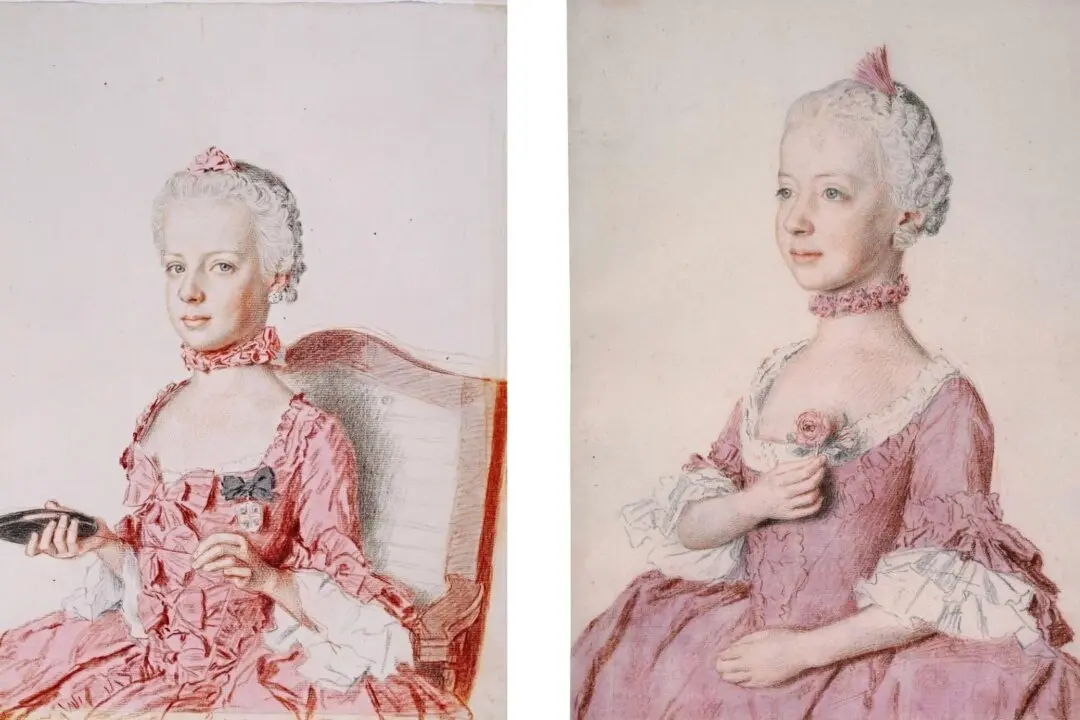Across the country, there are some great summer exhibitions that highlight fine European art and craftsmanship, from rare French medieval architecture and stained glass in Philadelphia, to remarkably colorful ancient Greek and Roman sculpture in New York, to Renaissance prints from Germany, Switzerland, and the Netherlands at the advent of printing, in Washington, D.C.
Bringing Color Back to Ancient Sculpture
Vibrant, colorful replicas of ancient Greek and Roman sculptures will soon arrive in New York and will be on display alongside similar original masterpieces. It’s surprising, almost jarring, to see these ancient works depicting gods, goddesses, important personalities, and mythological creatures painted in lively colors with flesh-toned paint, colorful clothes (often in striking patterns), and sometimes with touches of gold. But this is how ancient sculpture used to be.For centuries, the pure white marble statue has been the quintessential image of ancient sculpture. The idea of the uncolored ancient sculpture began during the Italian Renaissance (in the 16th century to be exact), when the sculptures fit into the ideal of art that artists were looking for, Vinzenz Brinkmann explains in a video.






